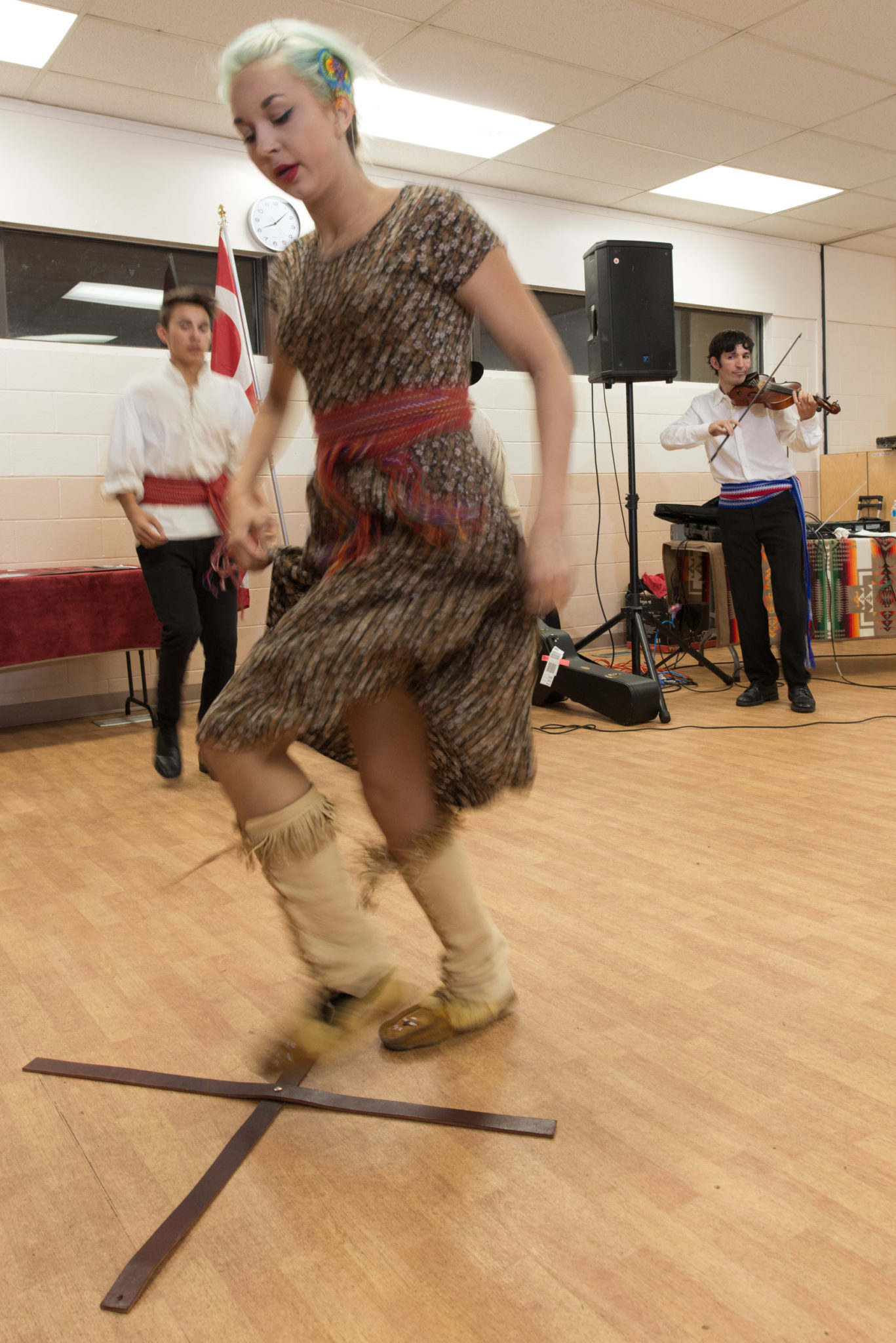
Preparing Métis Youth as they Transition
A new website designed to support Métis youth as they make the move into urban centres is getting a two thumbs up for its’ focus on critical services such as health, employment, food, shelter, and education.
“It’s very well done, and very timely,” says Nadia Salmaniw, Career and Educational Councillor at the Victoria Native Friendship Centre, then makes the point “I was taking with a couple colleagues last month that work at UVic about their new aboriginal students and the trouble they have adjusting,” she says, adding that “no matter how much the school has in place — and they have certain things in place — they’re telling me it’s not enough to get the students ready because they come from remote communities and they’re just not ready.
“They’re not mentally or psychologically prepared. Even some of the basic skills of living on your own in a big city, these are big challenges for them.”
The daughter of a Haida mother and Ukrainian father — both of whom take great pride in their cultures — Salmaniw has been with VNFC for just over four years, and her work with community youth has given her sound insight into the challenges they face.
Born and raised in the coastal B.C. village of Masset in Haida Gwaii, Salmaniw was a lifeguard for seven years, both as a teenager and through university, and graduated from McGill University with a degree in psychology.
“After McGill I wanted to work for VIHA (Vancouver Island Health Authority) as an addictions worker, but the universe had other plans,” she explains, adding “no matter how much I persisted, it just wasn’t the right path for me.”
VIHA, she says, encouraged her to go back to school, which she did, earning her diploma in Mental Health and Addiction, which opened the door to her counselling career.
These days, she says, “a well-designed web site for youth is preferred. I’m only 30, but sometimes I feel 50 when I talk to the youth because they’re so obsessed with everything technological,” she says easily. “And what we’re being told is that on-line classrooms, portals, and on-line programming, is the direction our educational system is heading, and that’s shocking to me, but timely for websites like MyVoyageur.
“All the youth are on their computers, on their phones, 24/7,” she says, “and that’s the way they’re accessing resources and support. That’s the way they’re getting information for themselves. That’s how they feel connected to the world.”
The internet and social media, especially for those from remote communities, she points out, is a lot less intimidating then going into an office space and meeting with someone in person.
“To be able to roll out of bed, hop on line, and seek out the information that they need is valuable. Some people are always going to prefer in-person, but I think more and more our youth are going on-line.”
To that end, there’s a movement underway she, says (due in part to the federal government’s commitment to Truth and Reconciliation), to indigenize web-based content in the photos and words that are used.
Colleges and Universities too are taking heed and making a concerted effort when it comes to appealing to the aboriginal community.
“So (our youth) go to that web page and they see themselves in a sense in what they’re reading and what they’re looking at, and that engages them more, and they’re more likely to use the tool, or go to the school…”
According to a 2011 government census, off-reserve Indigenous peoples constitute the fastest growing segment of Canadian Society, with over 50 per cent of Canada’s Indigenous peoples living in urban centres. In that same census, Vancouver recorded the second largest Indigenous population in Canada at 52,375 — second only to Edmonton at 61,765.
Indigenous peoples also make up the youngest population in Canada, with almost half of the 1.4 million (56 %) under the age of 25.
The term “urban Indigenous peoples” refers primarily to First Nation, Inuit, and Métis individuals rising in urban areas.
“And our youth say that. I hear it all the time,” she says, adding “they’re the next generation, and they’re so empowered. Really powerful voices. They’re change-makers, and it starts with being rooted in their identity and honouring who they are.”

Leave a Comments